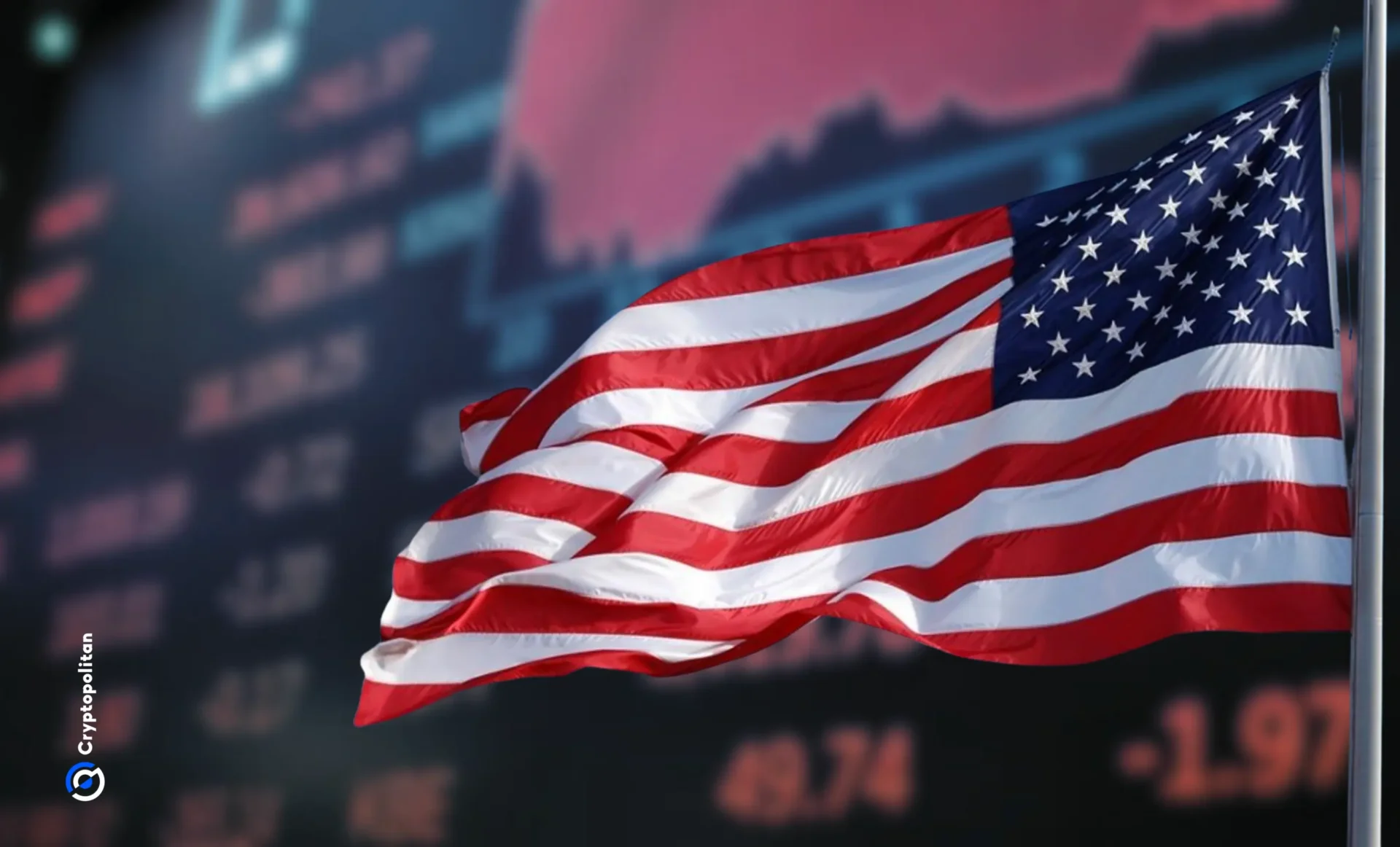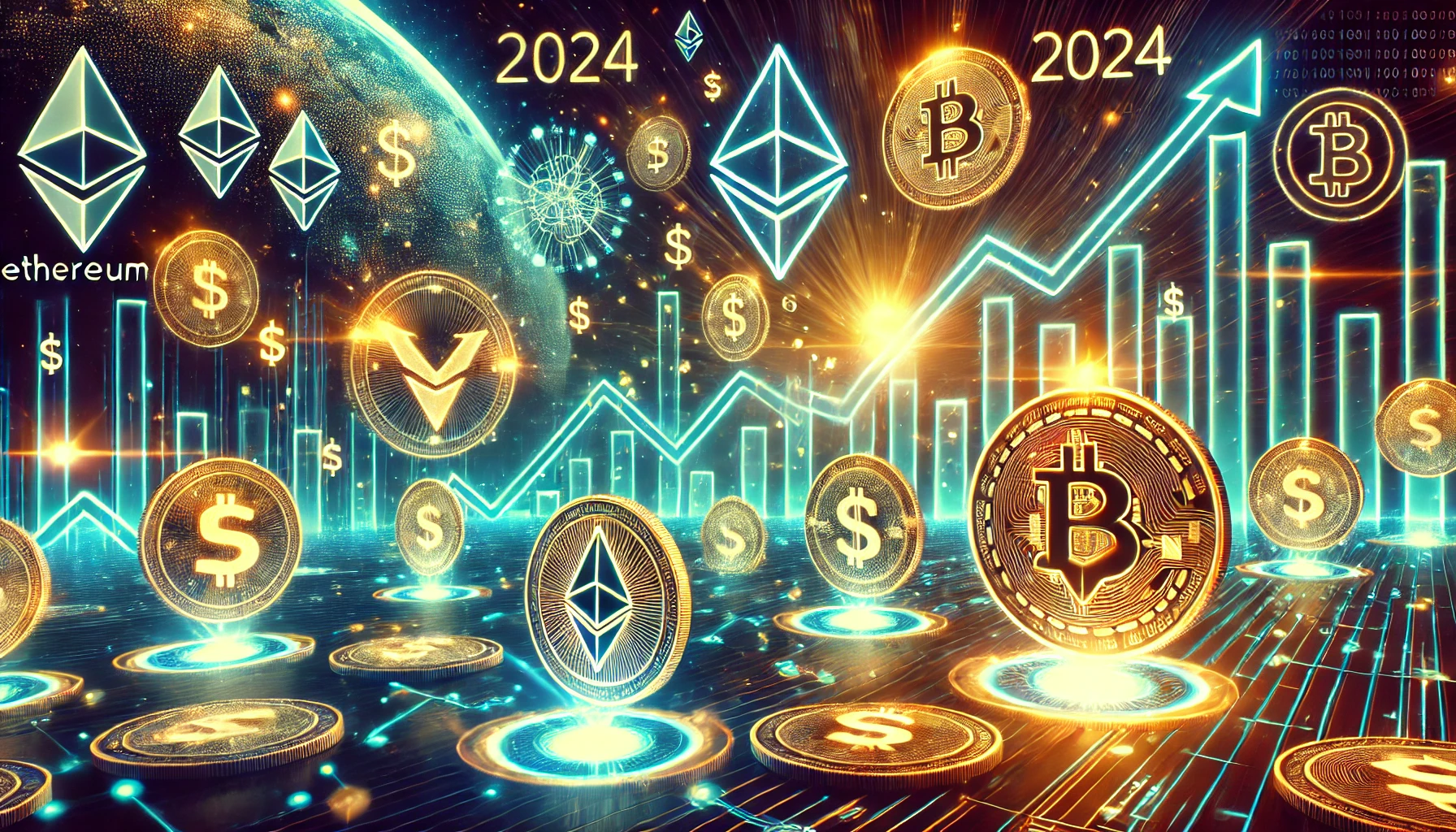
America’s national debt is climbing faster than ever, and anyone who believes the economy is on solid ground needs to take a closer look, because the numbers tell a completely different story.
Right now, the U.S. national debt has surpassed $35.27 trillion, essentially doubling in the last ten years. To put it simply, every American now shoulders roughly $105,000 of this debt.
It’s no wonder economists are sounding alarms, with recession risks creeping closer. The big question now is:- how long before it all comes crashing down?
The debt-to-GDP ratio is another clear sign of the strain. As of the second quarter, this ratio stood at 121.57%, far beyond the recommended safe zone of 77%.
Interest payments on the national debt are expected to skyrocket from $659 billion in 2023 to $870 billion by the end of 2024. That’s money being drained from public investments like infrastructure and healthcare.
Debt growth and a political disaster
The debt started growing exponentially after the 2008 financial crisis, especially after the COVID-19 pandemic.
Every major economic event in the last two decades has pushed debt further up, and if nothing changes, projections show the U.S. debt could hit 166% of GDP by 2054. A completely unsustainable number.
Both Democrats and Republicans have played their part in letting this mess spiral.
Between expensive spending plans and tax cuts, both parties have added to the problem, kicking the can down the road without offering real solutions. And that’s not the worst of it.
The federal budget deficit for 2023 clocked in at $1.7 trillion, with forecasts suggesting 2024 could see it rise to $1.9 trillion. It’s a vicious cycle.
Economic growth and inflation battle
Despite the rising debt, the U.S. economy has somehow managed to grow steadily over the past decade. But let’s be honest, this growth isn’t built on a solid foundation. It’s like building a skyscraper on quicksand.
With inflation rearing its ugly head, any future economic growth could easily be wiped out. If inflation continues to rise, the government will have to raise interest rates to cool things down.
And when that happens, borrowing costs for the government will shoot up, adding even more to the debt pile.
Inflation isn’t just a government problem. It’s a consumer nightmare too. Higher interest rates would mean less money for people to spend.
Add in geopolitical tensions and slower demand for U.S. exports, and the outlook starts to look a lot darker. What’s worse is the political gridlock we’re seeing in Washington.
Both sides of the aisle seem too busy fighting to address the real economic dangers that could soon blow up in everyone’s faces.
Recession: Knock, knock?
The writing is on the wall for a recession, and economists have been tracking many warning signs for two years now. And if it does hit, America won’t be the only economy taking a beating.
When a recession strikes, the economy shrinks. GDP falls, people lose their jobs, and consumers stop spending.
During the Great Recession of 2007-2009, GDP fell by 4.3%, and it could happen again. Business activity plummets, particularly in sectors like manufacturing and real estate.
Sales and profits go down, and businesses scramble to cut costs. This often leads to layoffs, which only worsens the situation.
Tighter credit conditions mean businesses can’t get loans as easily, putting even more companies on the brink of bankruptcy.
Historically, unemployment surges during recessions. During the Great Recession, the unemployment rate shot up to 10%.
Workers who lose their jobs in recessions often face longer periods of unemployment, and when they do get back to work, their wages are usually lower.
Research shows that workers who lost their jobs in the Great Recession saw lifetime earnings losses of 19%, roughly $112,100 over 25 years.
Wage stagnation is also a major issue. Even if workers manage to find new jobs, their earnings may be much lower than what they were making before.
After the Great Recession, those who did get rehired were earning 17% less two years after losing their jobs.
It’s a hard pill to swallow for millions of people, but the harsh reality of a recession is that it’s not just about losing jobs. It’s about losing financial stability for years, if not decades.
Government’s response: Too little, too late?
When things go south, the government typically rolls out stimulus packages to try to boost the economy. They pump money into struggling sectors and cut taxes to encourage people to spend more.
But lets be real, these measures are usually too little, too late. By the time the government reacts, the damage is often done.
The Federal Reserve might also lower interest rates to encourage borrowing and investment. In past recessions, they’ve even resorted to quantitative easing, basically flooding the market with cheap money to try to keep the economy afloat.
Recessions also have some very real social consequences. Wealth inequality worsens. The rich usually bounce back faster because they’ve got assets and investments to cushion the blow.
The poor? Not so much. Recessions deepen the wealth gap, leaving millions struggling to get by. But that’s not all.
Recessions take a mental toll on people. The stress of job loss, financial instability, and an uncertain future leads to higher rates of depression and anxiety.
Long-term unemployment can be devastating for people, leading to a spiral of mental health issues that’s difficult to break out of.
Global consequences of a U.S. recession
The U.S. is the world’s largest economy, and when it stumbles, global trade grinds to a halt.
Countries that rely heavily on exports to the U.S. will feel the pain, especially nations like Mexico and Canada. In the last global recession, trade volumes fell by over 15% as uncertainty took over.
Commodity prices also take a hit during recessions. Oil, metals, you name it — everything drops in value. During the 2008 financial crisis, oil prices plummeted from over $140 per barrel to under $40.
That’s a massive collapse, and it took countries like Russia and Saudi Arabia, which depend on commodity exports, down with it. Add supply chain disruptions into the mix, and you’ve got global chaos.
Also, stock markets don’t like uncertainty, and recessions bring plenty of it. The S&P 500 has historically dropped by a median of 24% during U.S. recessions.
Global investors tend to pull out of risky assets, creating even more volatility in emerging markets. This type of panic can lead to a massive capital flight from developing nations, crushing their economies even more.
The global banking sector isn’t safe either. A U.S. recession can quickly spread across borders, leading to liquidity issues as banks try to stabilize in the face of declining asset values.
If U.S. borrowers start defaulting on loans, it won’t take long for that shock to hit banks worldwide.
Policy responses and structural changes
Governments around the world will scramble to respond to the fallout from a U.S. recession. Stimulus packages, like the American Recovery and Reinvestment Act (ARRA), become the go-to solution.
Central banks slash interest rates, trying to encourage borrowing. But these measures often fail to address the root causes of the crisis.
Long-term changes are necessary. Regulatory reforms, like those seen after the 2008 financial crisis, are needed to stabilize the economy.
Countries might also reconsider trade policies, potentially moving toward protectionism as they try to shield themselves from the fallout.
So, no. The U.S. economy isn’t doing as great as you might think. And when it crashes, it’ll bring the whole world along for the ride.











